Description
What Is a Divers Breathing Apparatus Called?
So, what is a divers breathing apparatus called? A self-contained underwater breathing apparatus is most commonly known as a SCUBA. The wearer can access oxygen underwater through the compressed air vessel or oxygen tank. Therefore, humans can have access to breathable air for extended periods.
Industry Applications
We now know the difference between an underwater breathing apparatus and a land breathing apparatus. But what is breathing apparatus used for in other industries? An SCBA is typically used by those in dangerous workplaces or rescue missions who operate in areas detrimental to their health or even life-threatening. The workers may need to access confined spaces or may face exposure to harmful or toxic gases. For example, firefighters require filtered air when attempting a rescue inside a building inferno. Miners frequently access confined spaces in a mine filled with smoke or toxic gas. Newcastle Safety Servicing proudly supports rescue workers with breathing apparatus kits to safely conduct their profession without disrupting the task.
How To Use Breathing Apparatus
How exactly does the end-user operate the breathing apparatus? The use of breathing will differ slightly based on the type of breathing device selected and the operator’s profession. It’s also important to note that operators of breathing devices undergo extensive training before using the device in a real-life situation.
- Pick up the base of the oxygen cylinder and hold it in a safe, upright position on the ground.
- In a kneeling position, lift the harness and drop one shoulder to thread the arm through the armhole. Still in kneeling position, repeat for the other arm.
- Stand up straight once the device is secured on your shoulders. Kneeling and then standing to fasten the breathing apparatus will ensure you don’t drop the cylinder or cause injury to yourself or others by swinging the cylinder or twisting your back.
- Stand up straight and adjust the straps to ensure the cylinder fits comfortably yet securely.
- Apply the waist belt and use the adjustable straps to fit snug across the abdomen. Lock the waist belt to ensure the clasp doesn’t unfasten.
- Turn the cylinder on when you are ready for use.
- Check that the cylinder provides oxygen to the mark by releasing the valve that connects the cylinder to the mask. The valve will make a short, sharp air release sound if the oxygen is connected.
- Check the blood pressure gauge to ensure enough air to complete the required assignment.
- Now it’s time to secure the mask over your face. Start by ensuring the neckband is secured across the neck. Take the head harness with two hands and place the mask over the face. Fasten the mask securely by using the brackets attached to the mask from the head harness.
- Most breathing apparatus will come with a flash hood. Apply the flash hood over the secured mask to ensure the area remains airtight and dry, with no harmful substances to creep in.
- Add any other safety equipment over the breathing device

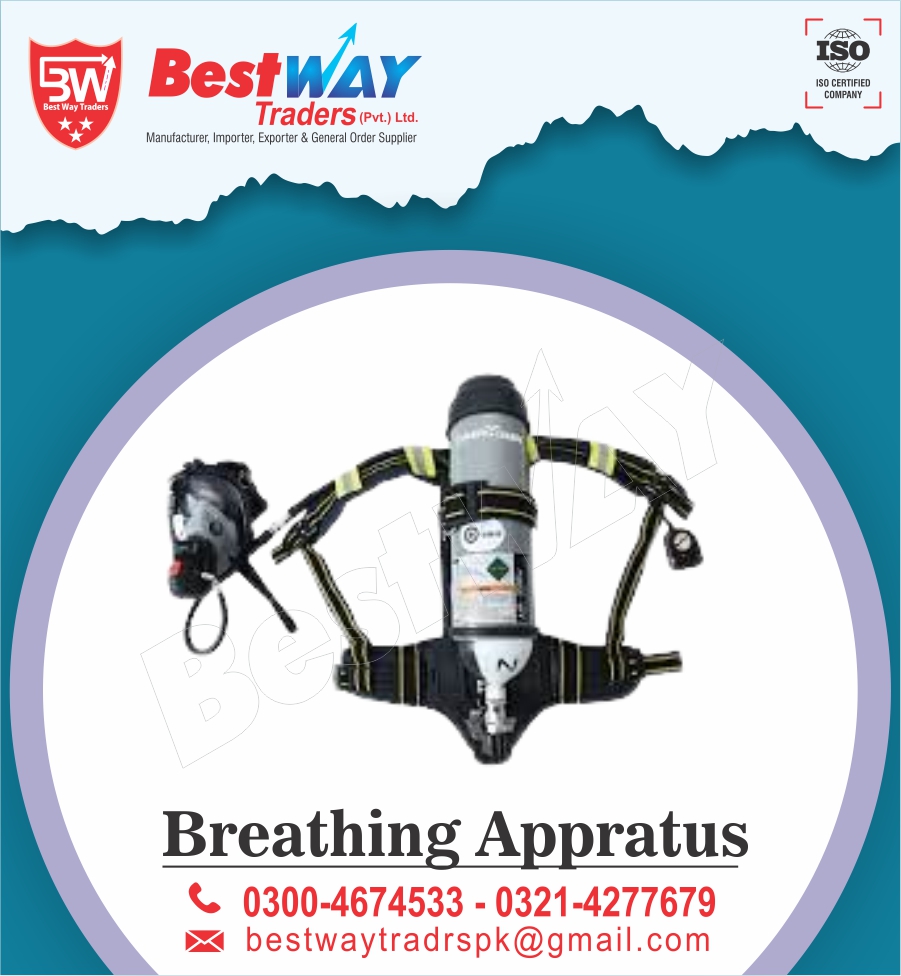
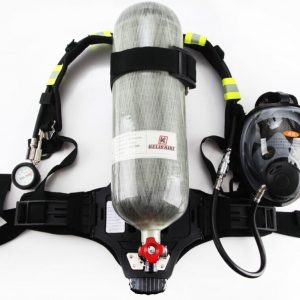
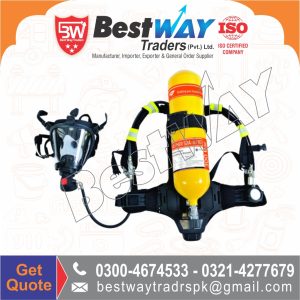
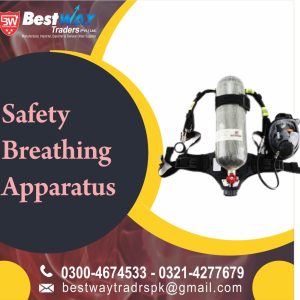
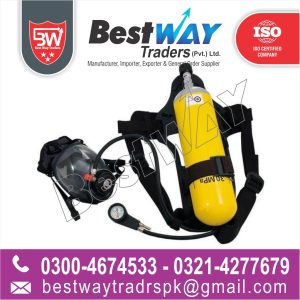
Reviews
There are no reviews yet.